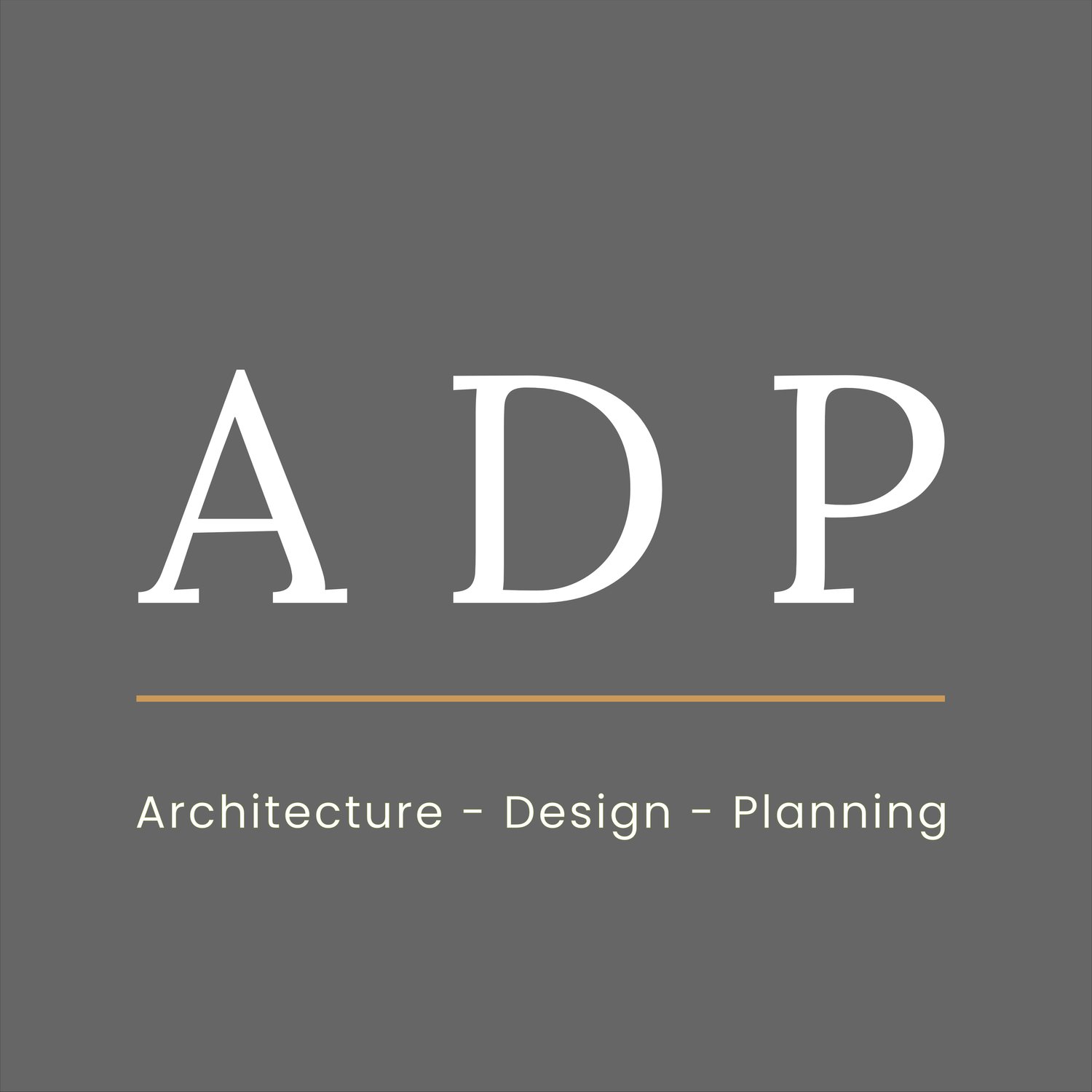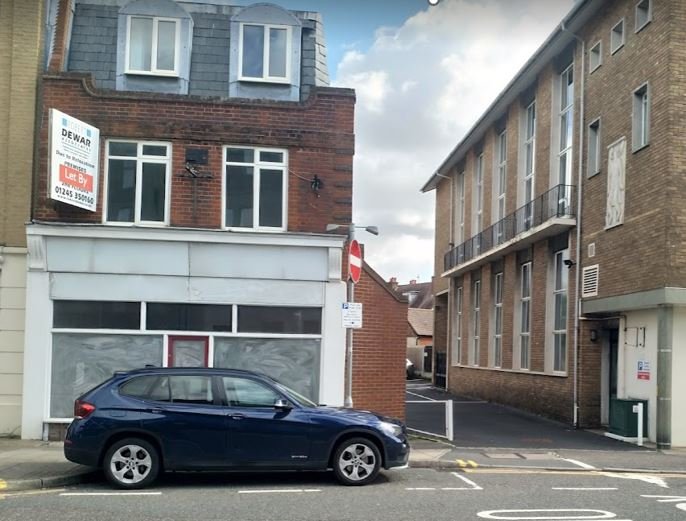Class N – Sui Generis casino or amusement arcade to dwellings
Class N permitted development rights allow for the conversion of certain sui generis properties, specifically casinos and amusement arcades, into residential dwellings.
This provision aims to increase housing supply by repurposing underused or vacant commercial properties. Here are the key points to understand:
Scope of Conversion:
Applies to buildings used solely as casinos or amusement arcades as of March 19, 2014, or when last in use if vacant on that date.
Allows for change of use and necessary building works to create dwellings.
Size Limitations:
Maximum of 150 square meters of floor space can be converted.
This limit applies cumulatively to any previous Class N conversions.
Permitted Building Works:
Installation or replacement of windows, doors, roofs, exterior walls.
Updates to water, drainage, electricity, gas, or other essential services.
Partial demolition as needed for these works.
Exclusions:
Properties in protected areas (e.g., National Parks, World Heritage Sites) are not eligible.
Listed buildings and scheduled monuments are excluded.
Properties in safety hazard areas or military explosives storage areas cannot be converted.
56- Day Prior Approval Process:
Developers must apply for prior approval from the local planning authority. The assessment covers transport impacts, contamination risks, flooding risks, design, and natural light provision.
Time Limit:
Conversion must be completed within 3 years of receiving prior approval.
This permitted development right offers an opportunity to create new homes from existing commercial spaces, potentially revitalising urban areas and addressing housing needs.
Legislation - Class N – Sui Generis casino or amusement arcade to dwellings
Class N – specified sui generis uses to dwellinghouses
Permitted development
N. Development consisting of— (a) a change of use of a building and any land within its curtilage from a use as—
(i) an amusement arcade or centre, or
(ii) a casino,
to a use falling within Class C3 (dwellinghouses) of the Schedule to the Use Classes Order; or
(b) development referred to in paragraph (a) together with building operations reasonably necessary to convert the building referred to in paragraph (a) to a use falling within Class C3 (dwellinghouses) of that Schedule.
Development not permitted
N.1 Development is not permitted by Class N if—
(a) the building was not used solely for one of the uses specified in Class N(a)—
(i) on 19th March 2014, or
(ii) in the case of a building which was in use before that date but was not in use on that date, when it was last in use;
(b) the cumulative floor space of the existing building changing use under Class N exceeds 150 square metres;
(c) the development (together with any previous development under Class N) would result in more than 150 square metres of floor space in the building having changed use under Class N;
(d) the development under Class N(b) would consist of building operations other than—
(i) the installation or replacement of—
(aa) windows, doors, roofs, or exterior walls, or
(bb) water, drainage, electricity, gas or other services,
to the extent reasonably necessary for the building to function as a dwellinghouse; and
(ii) partial demolition to the extent reasonably necessary to carry out building operations allowed by paragraph (d)(i);
(e) the building is within—
(i) an area of outstanding natural beauty;
(ii) an area specified by the Secretary of State for the purposes of section 41(3) of the Wildlife and Countryside Act 1981;
(iii) the Broads;
(iv) a National Park; or
(v) a World Heritage Site;
(f) the site is, or forms part of—
(i) a site of special scientific interest;
(ii) a safety hazard area;
(iii) a military explosives storage area;
(g) the building is a listed building or is within the curtilage of a listed building; or
(h) the site is, or contains, a scheduled monument.
Conditions
N.2—(1) Where the development proposed is development under Class N(a) together with development under Class N(b), development is permitted subject to the condition that before beginning the development, the developer must apply to the local planning authority for a determination as to whether the prior approval of the authority will be required as to—
(a) transport and highways impacts of the development,
(b) contamination risks in relation to the building,
(c) flooding risks in relation to the building,
(d) the design or external appearance of the building, and
(e) the provision of adequate natural light in all habitable rooms of the dwellinghouses, and the provisions of paragraph W (prior approval) of this Part apply in relation to that application.
(2) Where the development proposed is development under Class N(a) only, development is permitted subject to the condition that before beginning the development, the developer must apply to the local planning authority for a determination as to whether the prior approval of the authority will be required as to the items referred to in sub-paragraphs (1)(a) to (c) and (e), and the provisions of paragraph W (prior approval) of this Part apply in relation to that application.
(3) Development under Class N is permitted subject to the condition that development under Class N(a), and under Class N(b), if any, must be completed within a period of 3 years starting with the prior approval date.
Other Prior Approval Planning Applications
You maybe interested in some of the other key permitted development change of use allowances:
Class G – Commercial, business and service or betting office or pay day loan shop to mixed use, incorporating residential uses
Class H – Mixed use to commercial, business and service or betting office or pay day loan shop
Class L – Small HMOs to dwellinghouses and vice versa
Class M – Various uses, such as, launderette, betting office, payday loan shop, hot food takeaway to dwellings
Class MA – Class E commercial, business and service uses to dwellings
Class Q – Agricultural buildings to dwellings
Class R – Agricultural buildings to a flexible commercial use
Recent Change of Use Projects
Contact our planners to discuss your change of use project
If you have a commercial unit, A D P can assist you with your Prior Approval application.
Please contact us via mail@adpltd.co.uk or use the form below:































